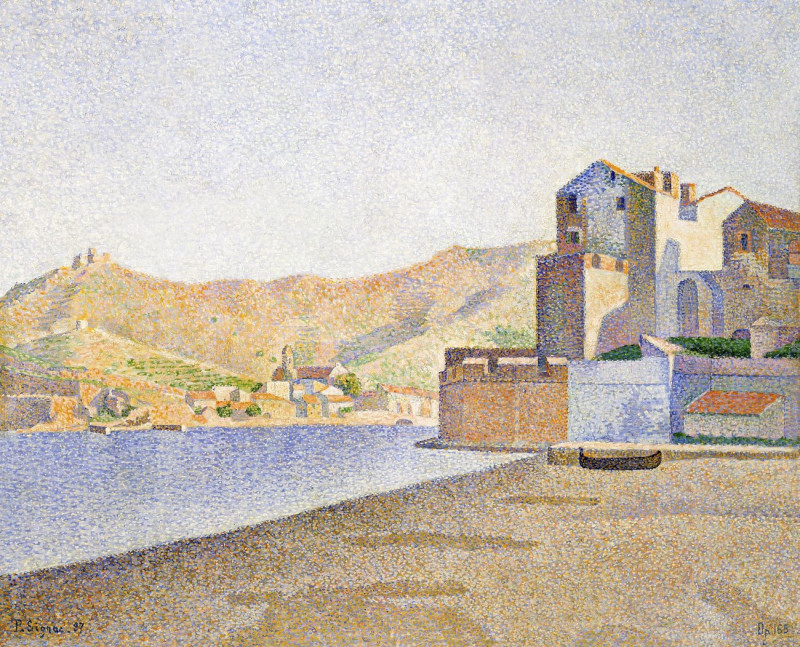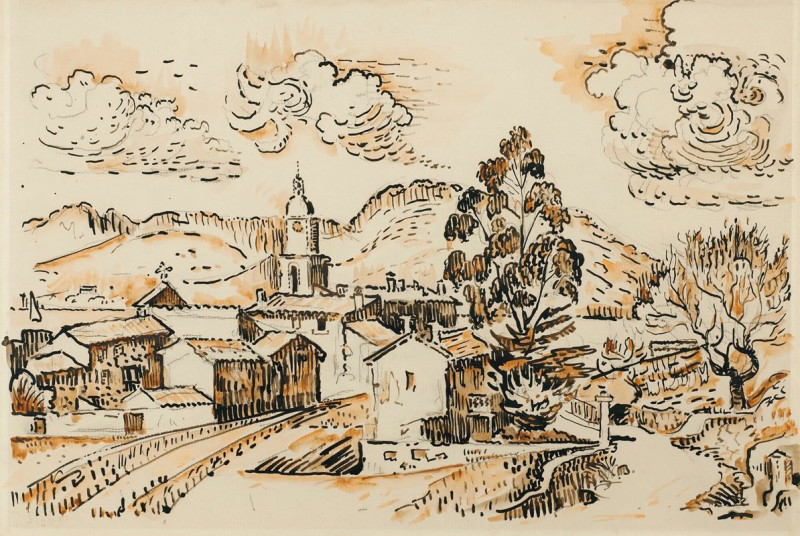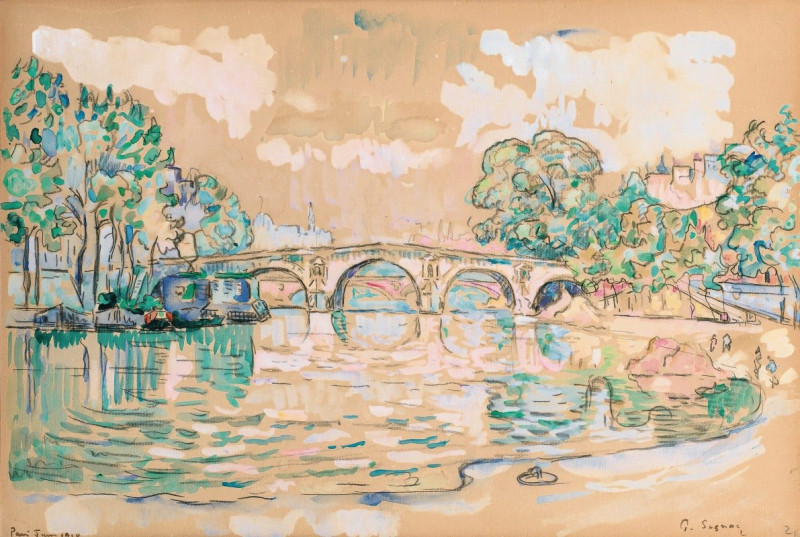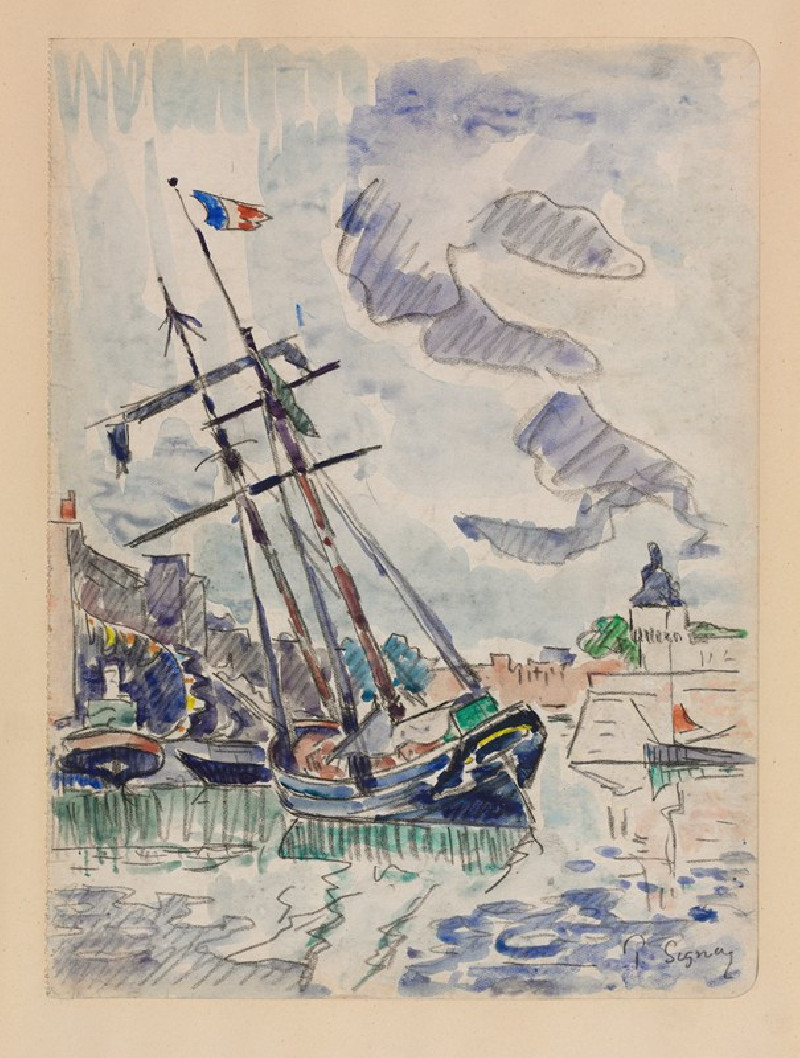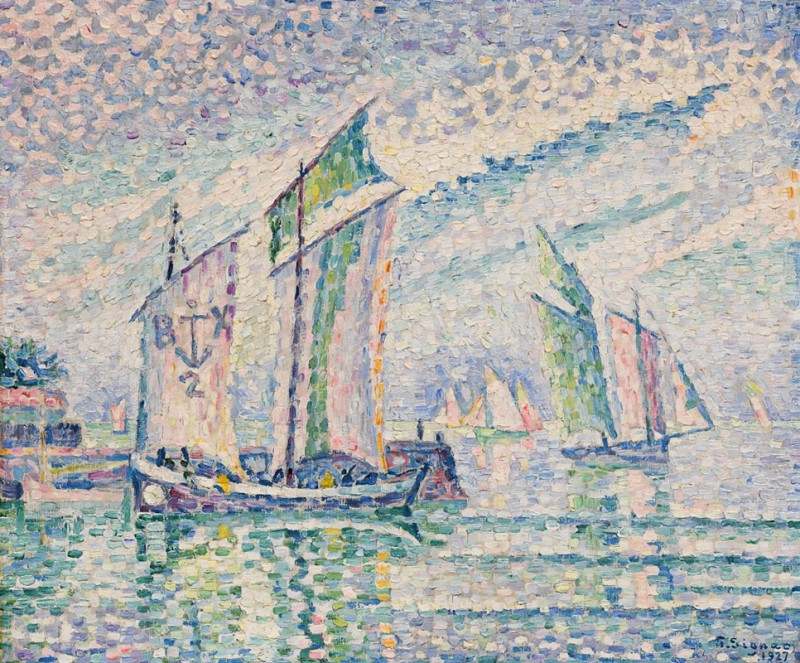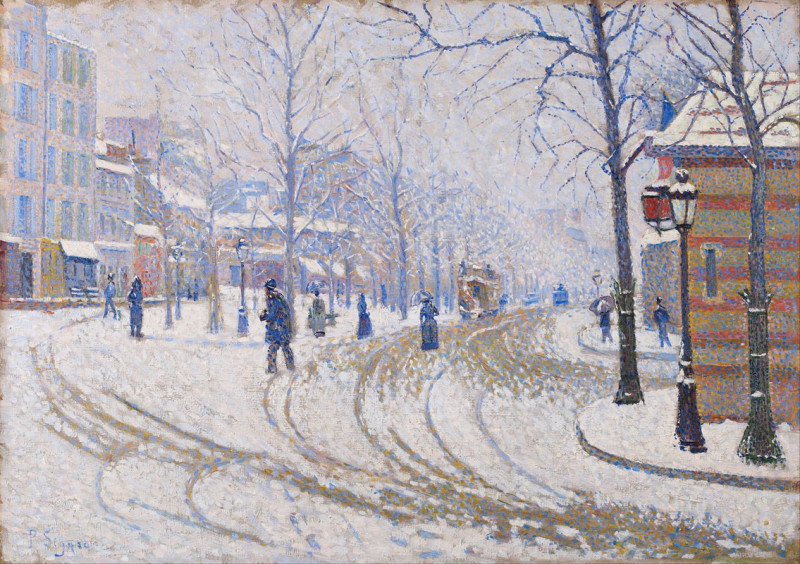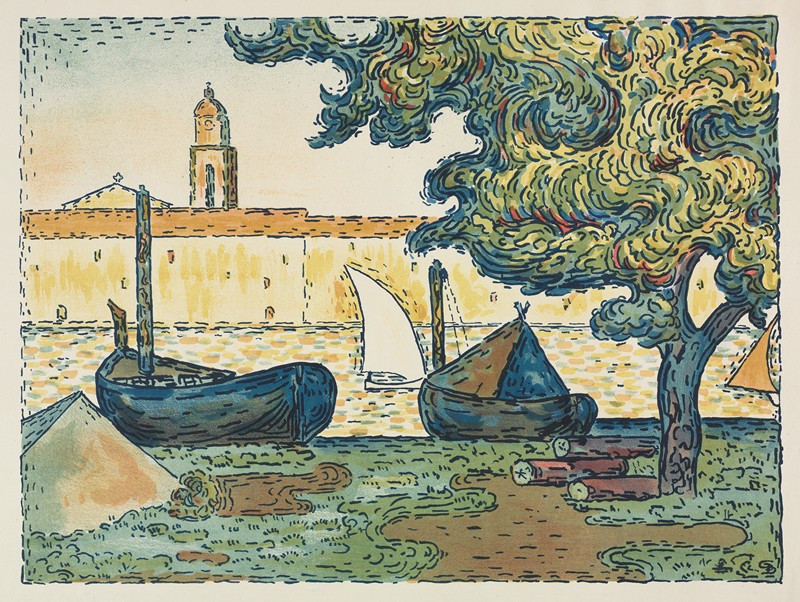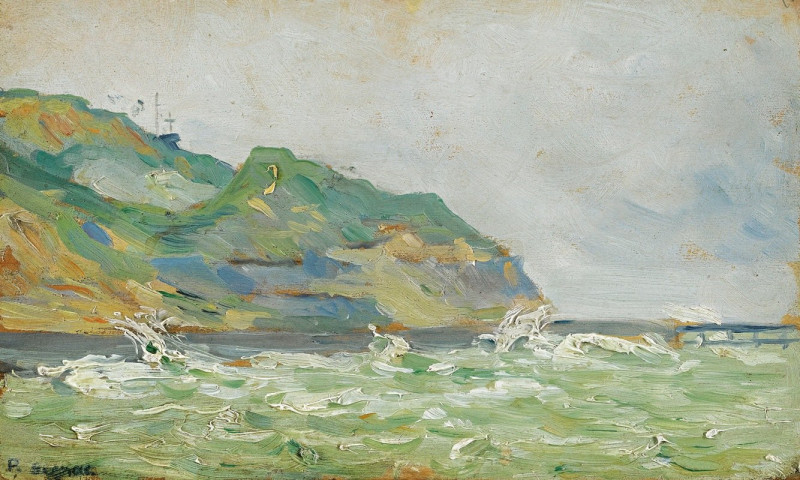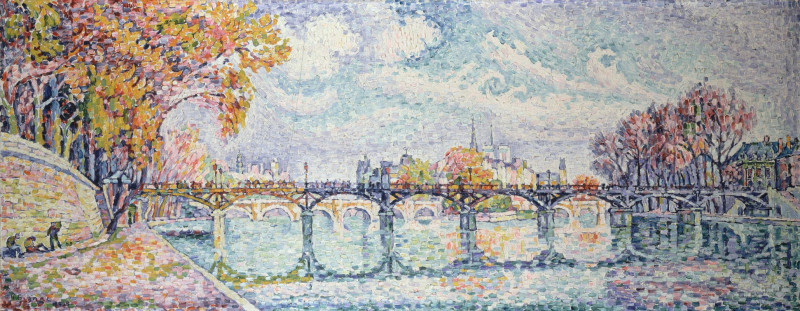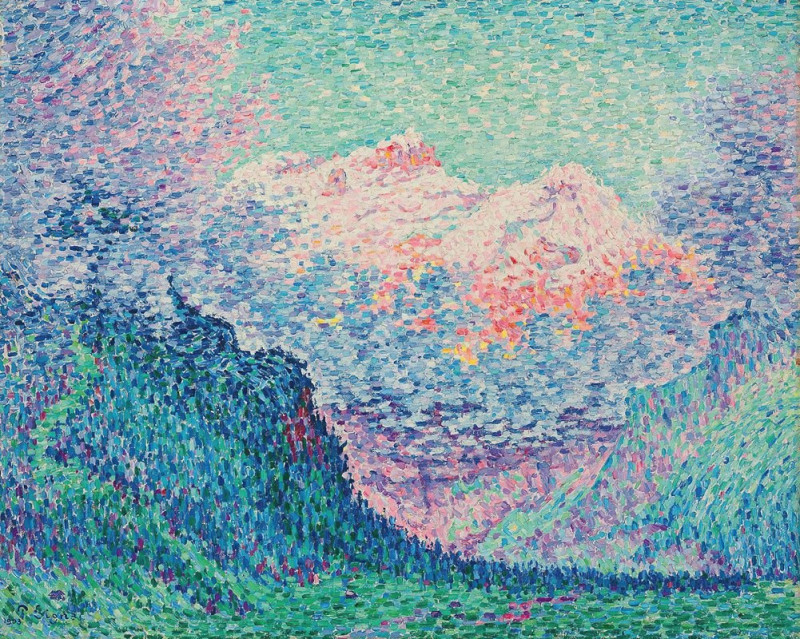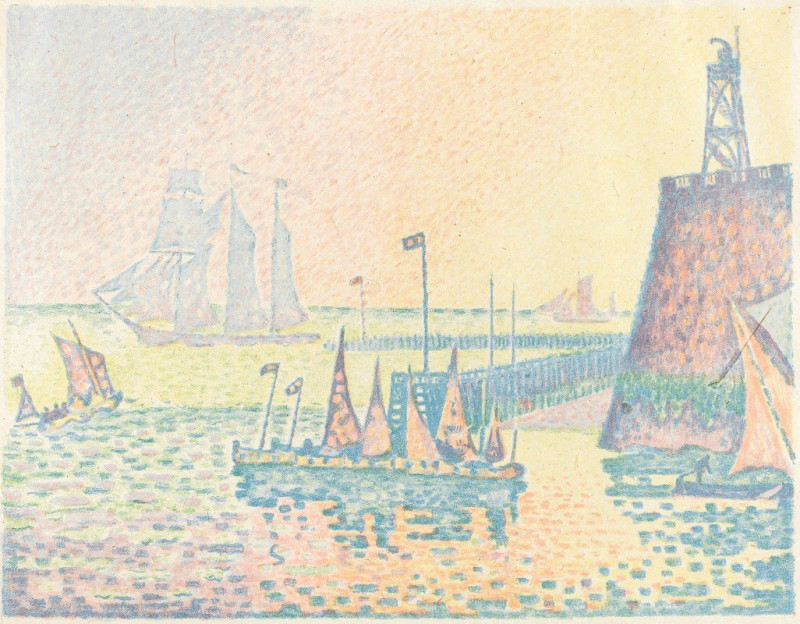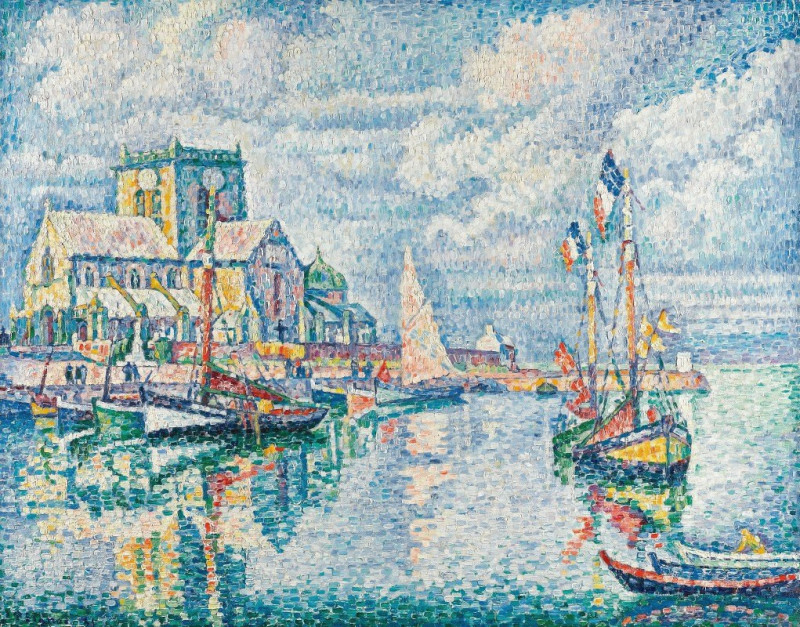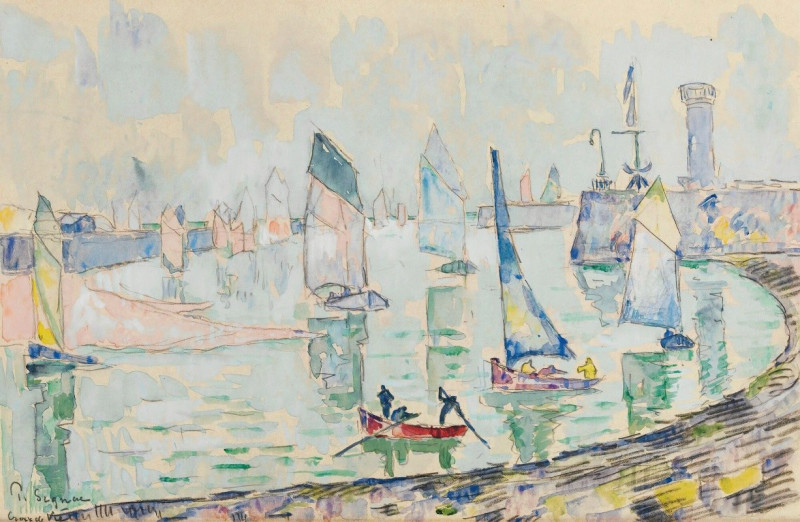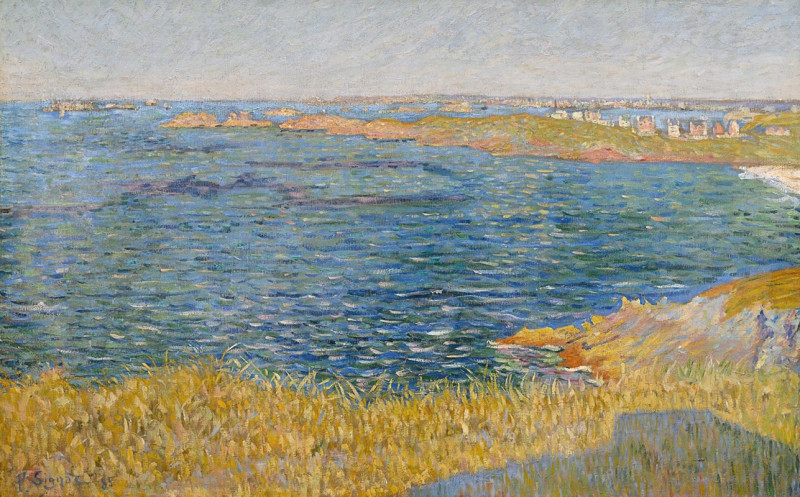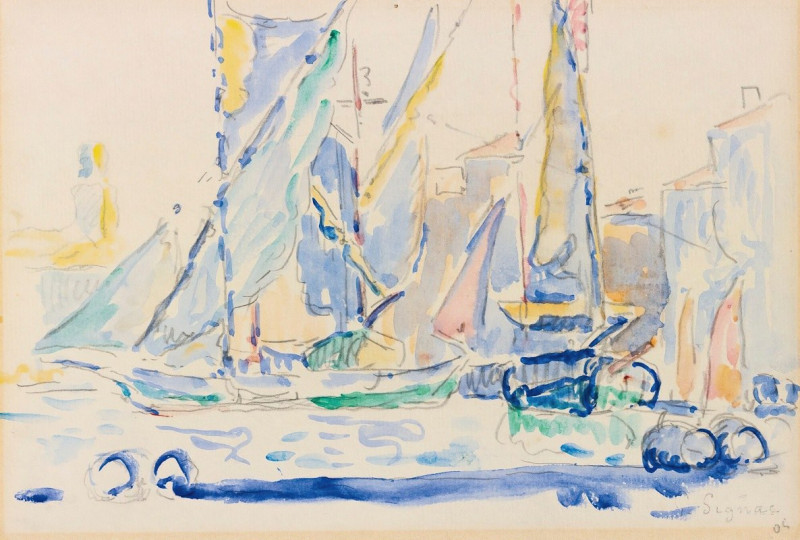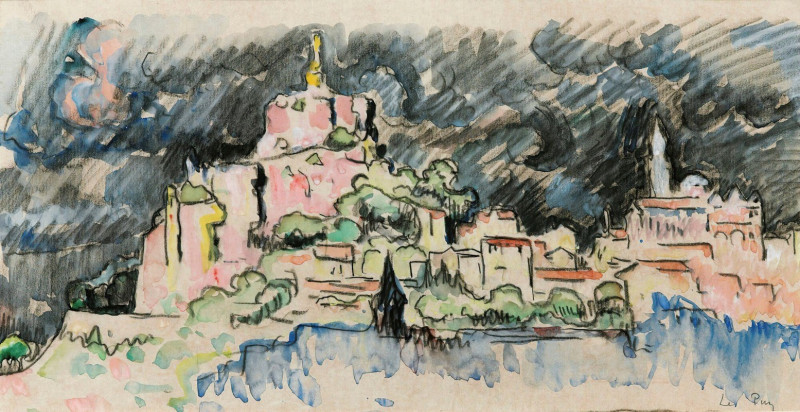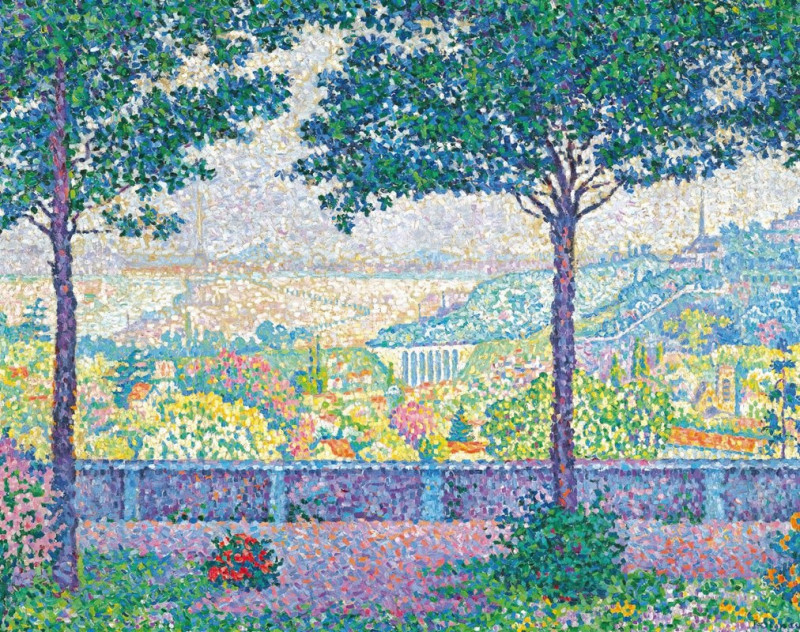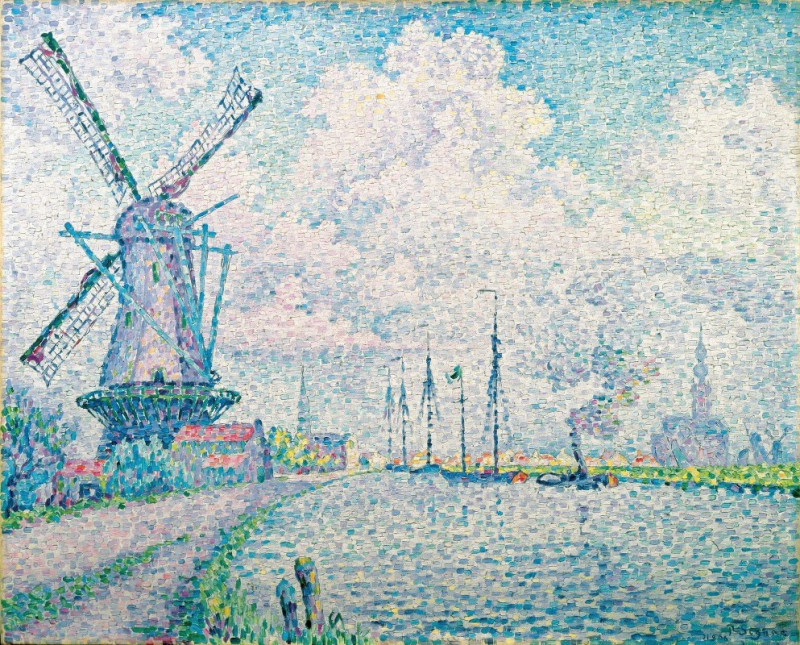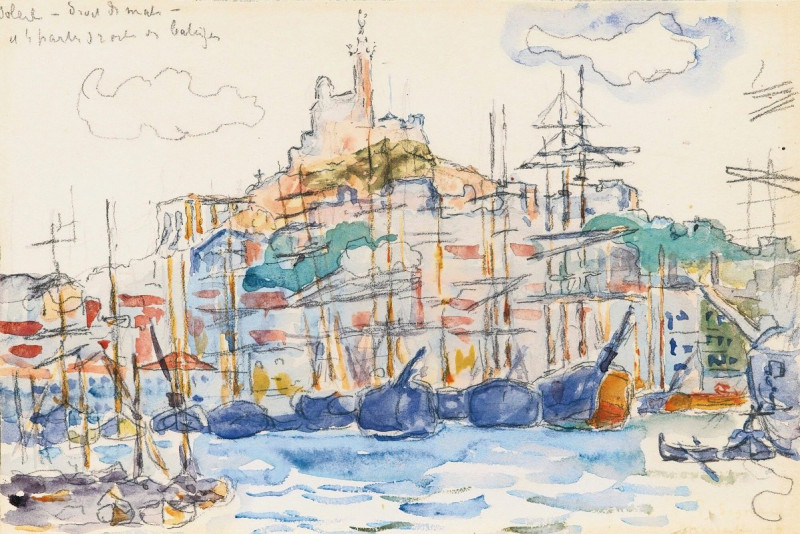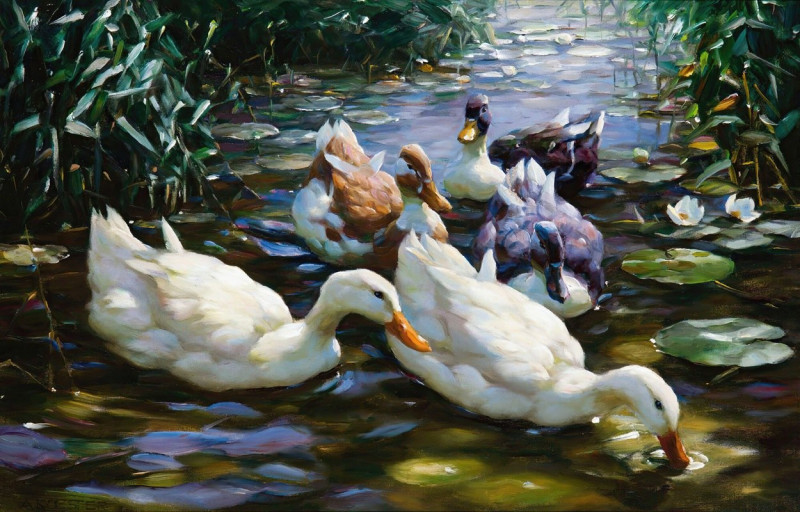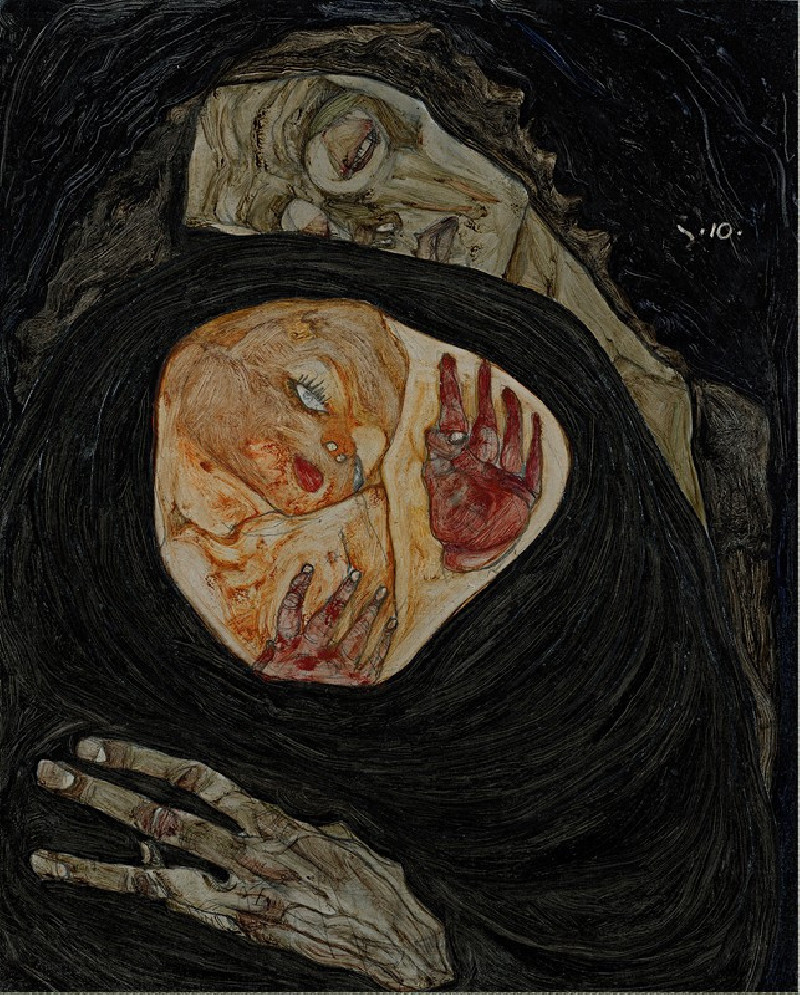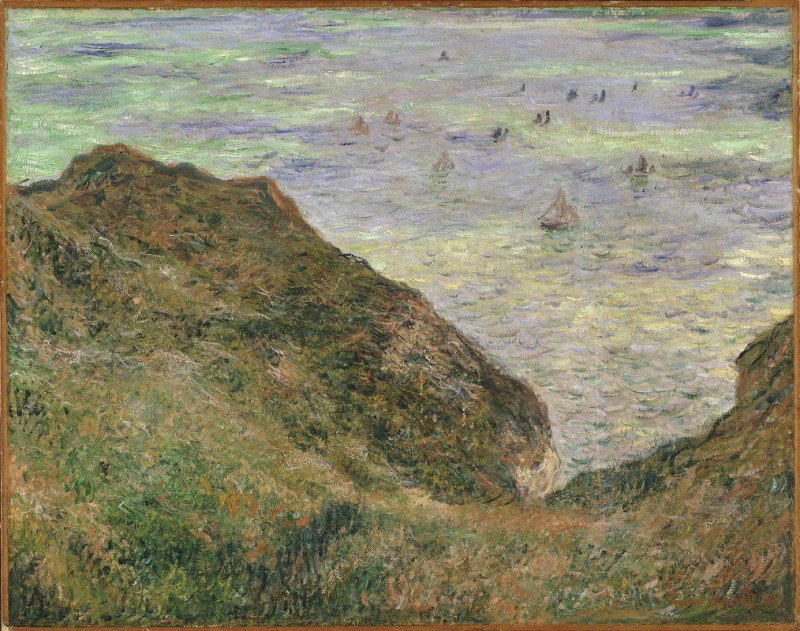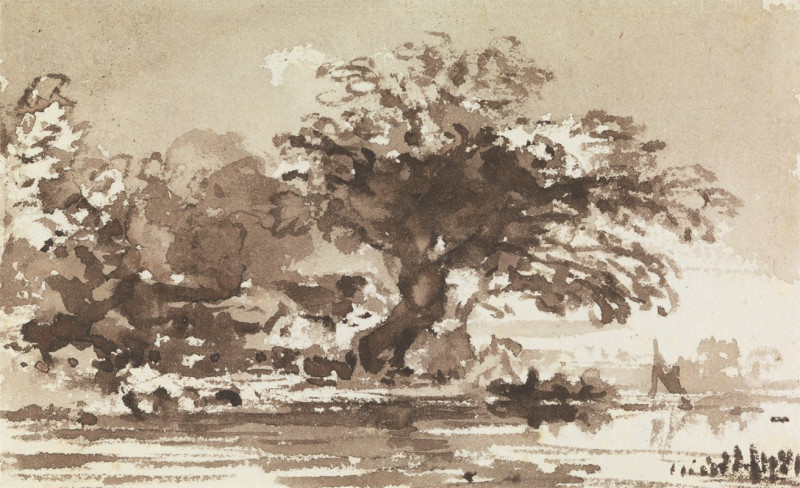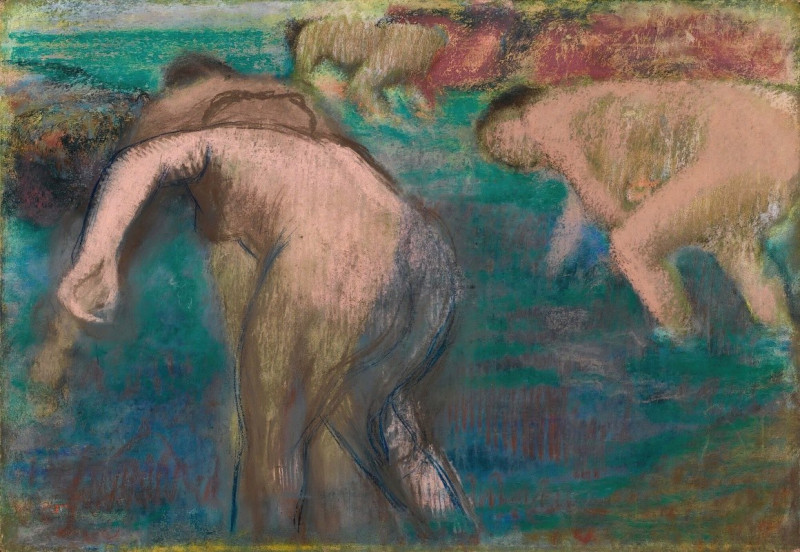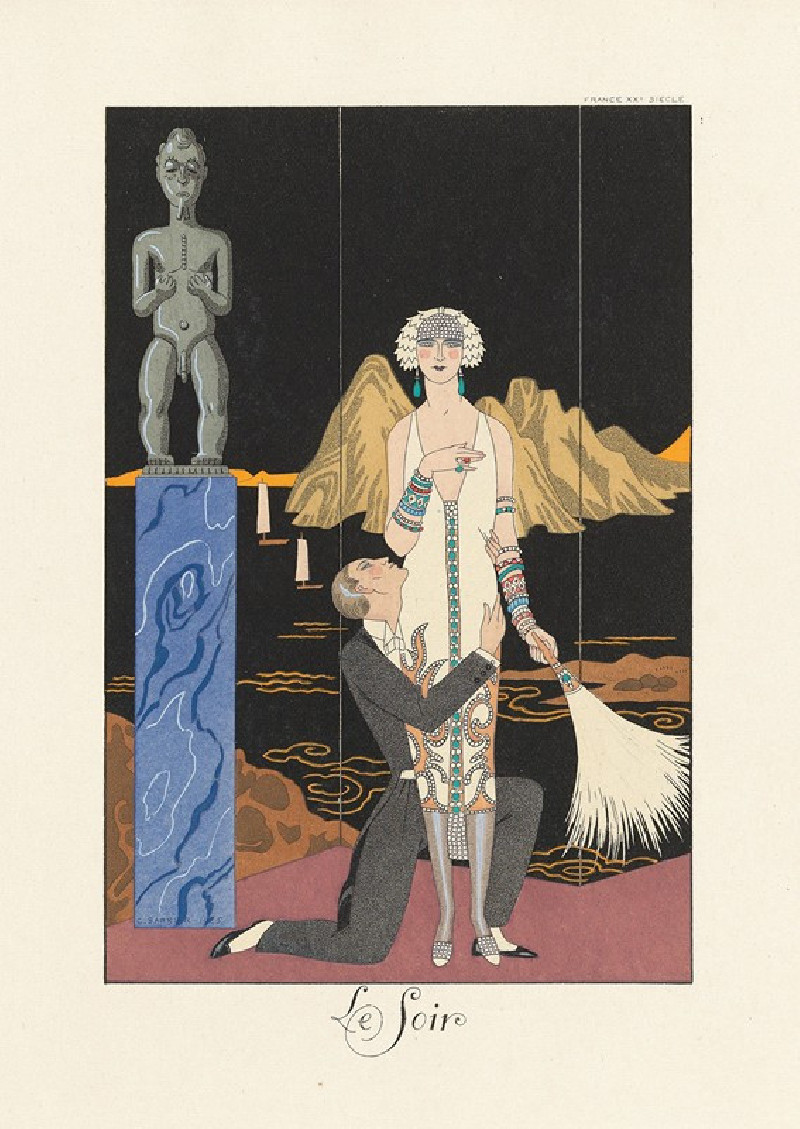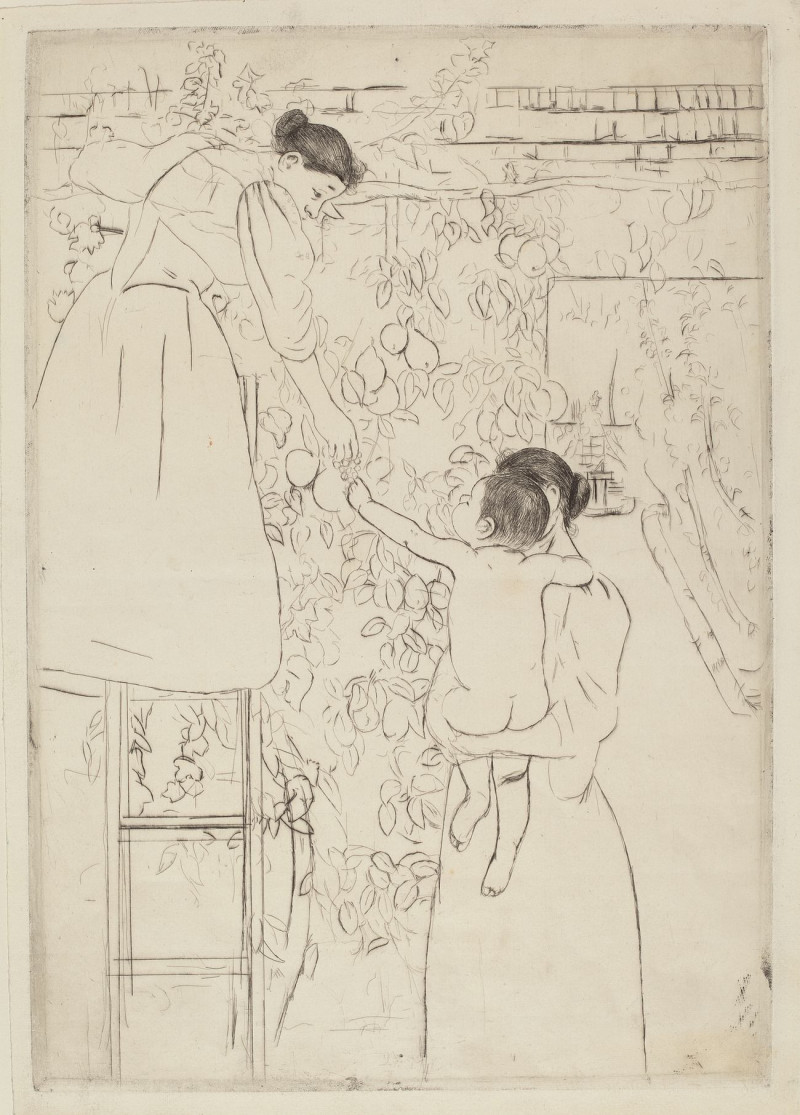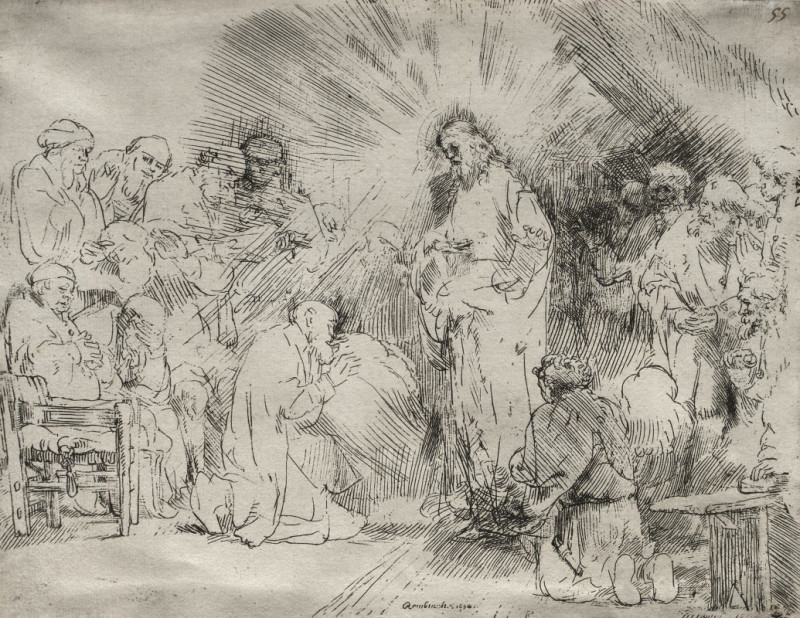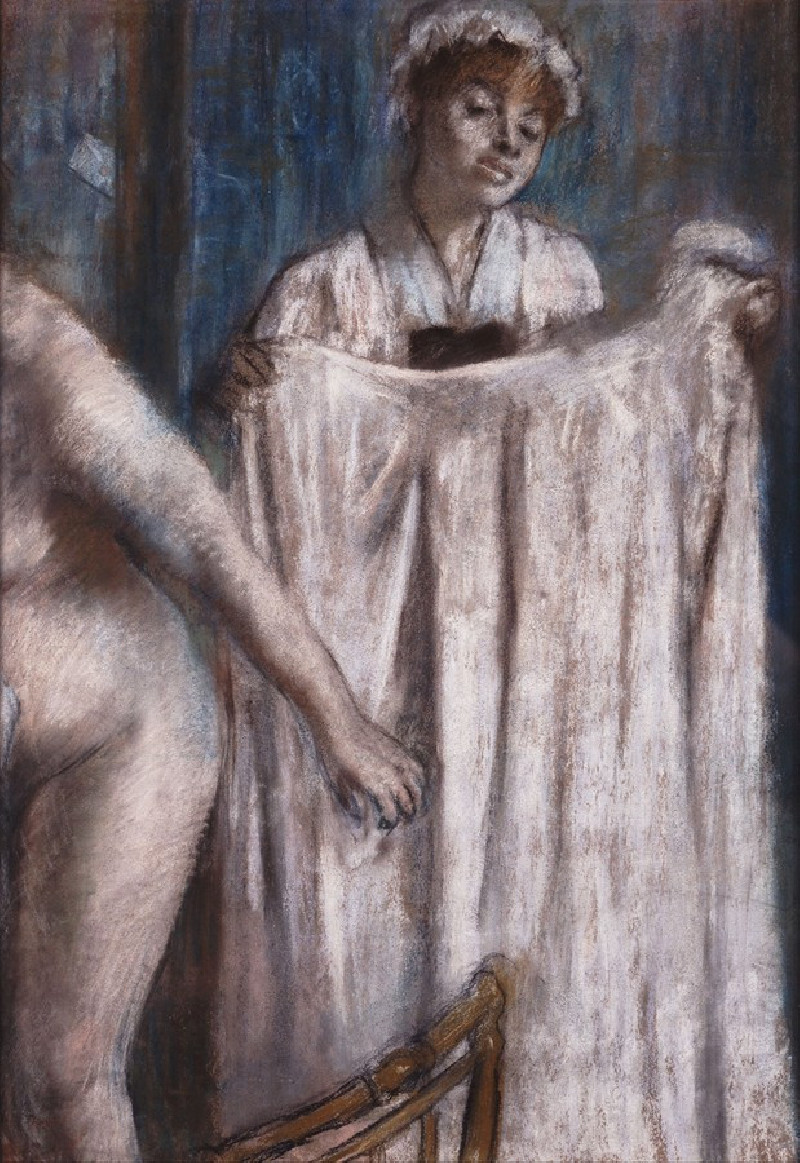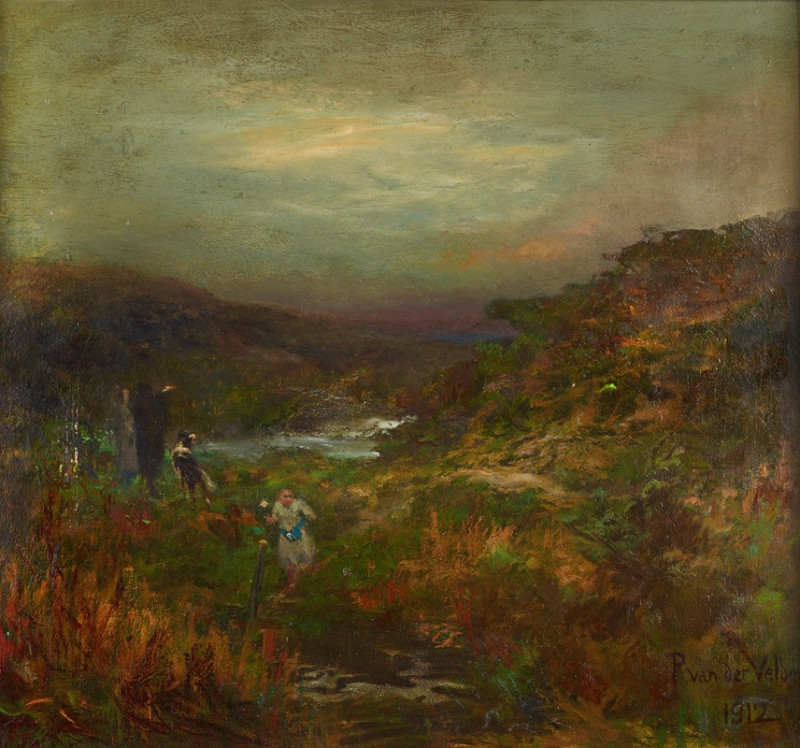The Town Beach, Collioure, Opus 165
Technique: Giclée quality print
Recommended by our customers
More about this artwork
"The Town Beach, Collioure, Opus 165" by Paul Signac is a vivid encapsulation of the tranquil and picturesque village of Collioure, located on the Mediterranean coast of France. This painting is a fine example of the Pointillist technique, which Signac, alongside Georges Seurat, developed. The technique involves placing tiny dots of pure color in patterns to create the image when viewed from a distance, a practice resulting from their interest in color theory and the effects of combining colors optically rather than mixing them on a palette.In the painting, Signac captures the serenity of a seaside town under the gentle Mediterranean sun. The foreground features the beach with a solitary boat resting on the sandy shore, suggesting the calmness of the day, possibly early morning or late afternoon, when the water is quiet, and the fishing activities are halted. The sea stretches across the middle of the canvas, rendered in shades of blue and punctuated by specks of white that suggest gentle waves.Beyond the water, the viewer sees the town itself, characterized by tightly clustered houses that sport warm tones of orange, red, and yellow, hinting at the typical Mediterranean architecture which often uses earthy, sun-washed colors. The hills in the background rise gently and are depicted with hues of green, orange, and beige, perhaps indicating the presence of vegetation and rocky terrains typical of the coastal landscape.
Delivery
Returns
Paul Signac (1863-1935) was a French Neo-Impressionist painter. Together with Georges Seurat, Signac developed the Pointillism style. He was a passionate sailor, bringing back watercolor sketches of ports and nature from his travels, then turning them into large studio canvases with mosaic-like squares of color. He abandoned the short brushstrokes and intuitive dabs of color of the impressionists for a more exact scientific approach to applying dots with the intention to combine and blend not on the canvas, but in the viewer's eye.

